Everyone gets headaches from time to time. Usually they're caused by being too tired, not drinking enough water, or having too much stress in your life.
Although all headaches are a nuisance, most can be cured with a couple of painkillers, some extra water, or a short nap.
If you've ever had a migraine, though, you know how debilitating they can be — everything else becomes secondary and all you can focus on is the pain you're feeling.
But what if the pain isn't due to a migraine after all?
What if, like 14-year-old Andee Poulos, what seems to be a migraine is actually much more serious?
There's a chance that your migraine could actually be a brain aneurysm — which could eventually cause a stroke. According to the American Stroke Association, somewhere between 1.5 and 5 percent of the population has or will have a cerebral aneurysm at some point in time.
Learn more about brain aneurysms below.
Thumbnail Photo: Flickr / Aidan Jones // Wikimedia / US National Institute on Aging
What Is A Brain Aneurysm?
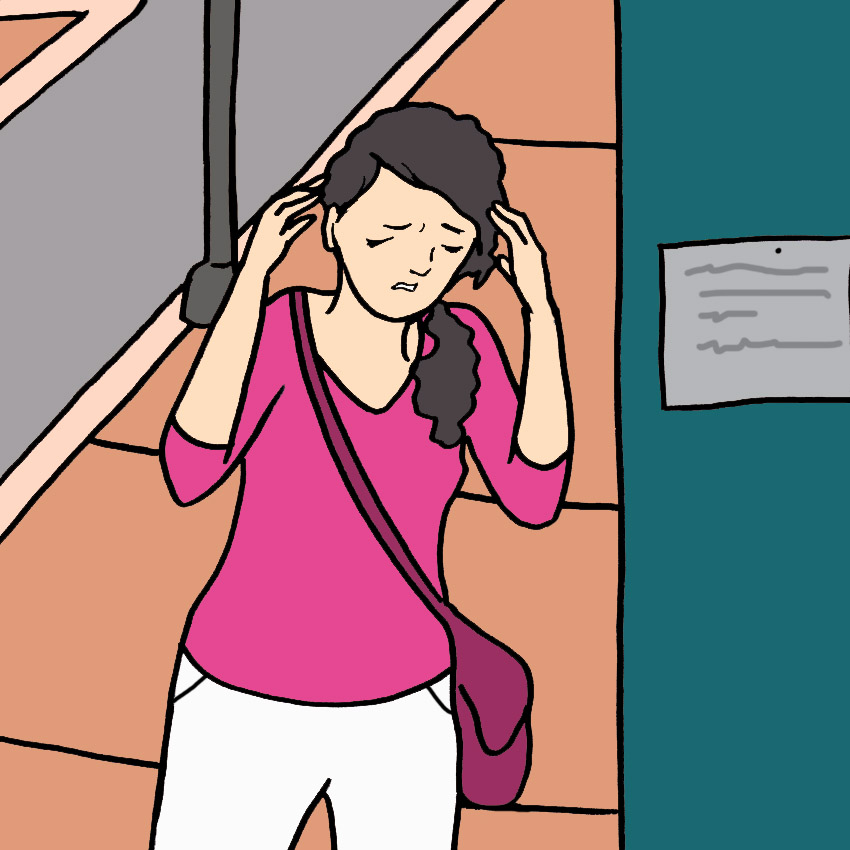
According to the Mayo Clinic, "A brain aneurysm is a bulge or ballooning blood vessel in the brain. It often looks like a berry hanging on a stem."
If an aneurysm in the brain ruptures, it can cause bleeding in the brain, also known as a hemorrhagic stroke.
A ruptured aneurysm can be life-threatening and needs to be addressed medically immediately.
Many brain aneurysms are detected before they rupture, through tests for other conditions.
What Causes A Brain Aneurysm?
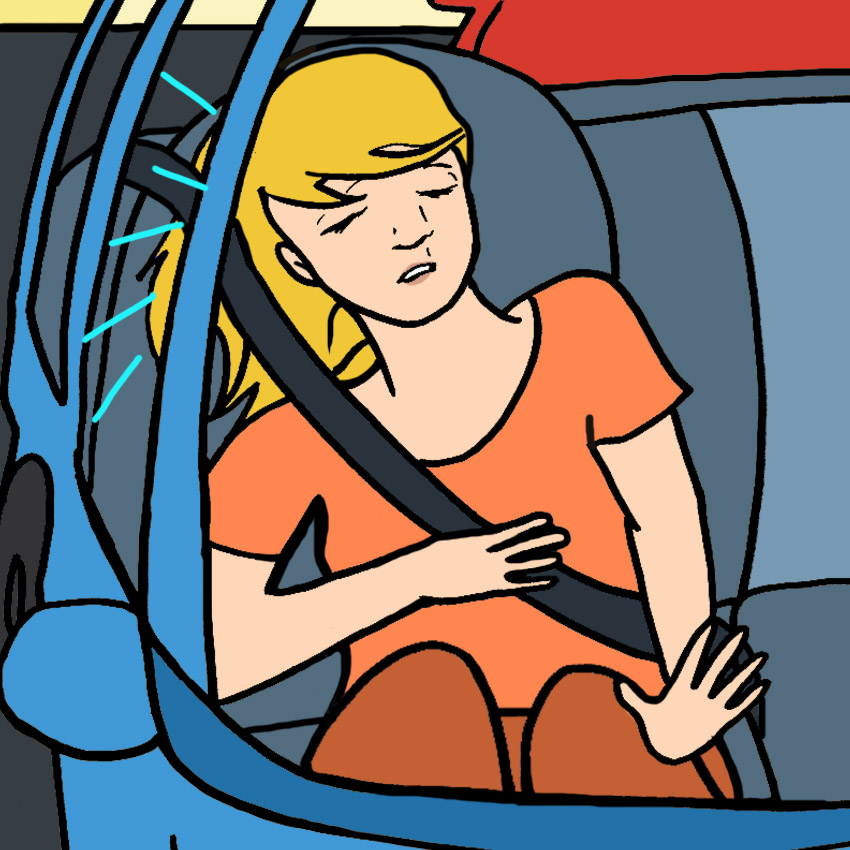
"Brain aneurysms develop as a result of thinning artery walls," explains the Mayo Clinic.
Typically, aneurysms will form at areas where the arteries branch off, because those vessel sections are weaker.
Aneurysms can appear anywhere in the brain, but they most commonly occur in the arteries at the base of the brain.
Sometimes, brain aneurysms will rupture or form because of head trauma.
Symptoms Of A Brain Aneurysm

There are a variety of symptoms someone with an aneurysm might experience. If the aneurysm hasn't ruptured yet, some symptoms you might notice include a drooping eyelid, weakness or numbness of one side of the face, a dilated pupil, pain near the eye, or change in vision.
A ruptured aneurysm — which is when it becomes life-threatening — can have any of the symptoms below.
Symptom #1: Sudden, Severe Headache
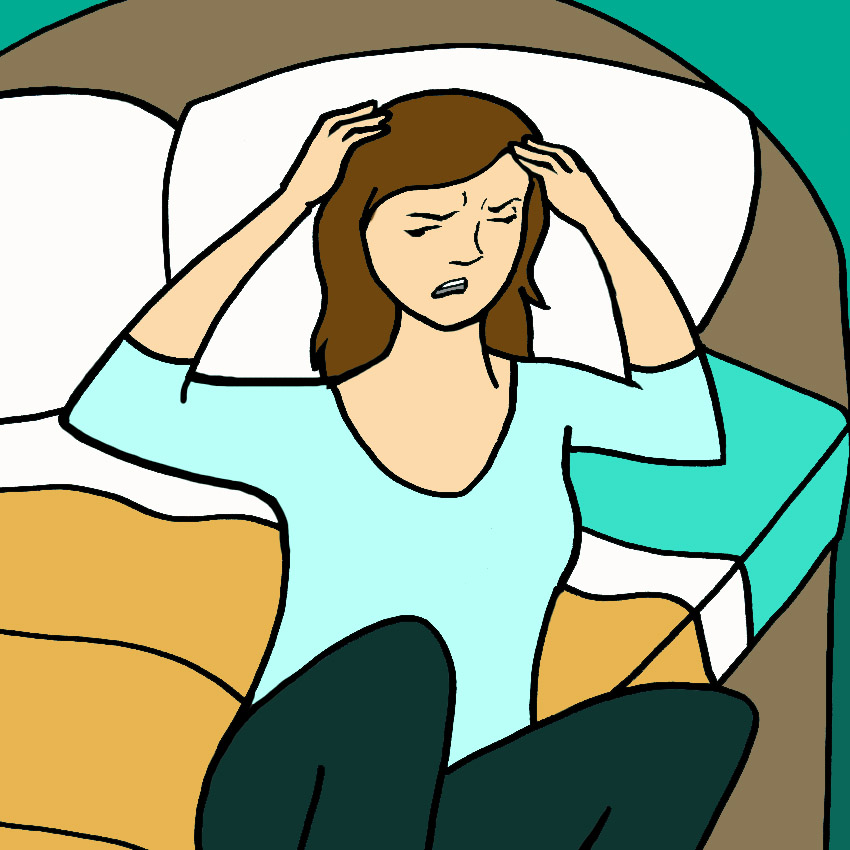
If an aneurysm starts to leak or ruptures, you may experience a sudden and severe headache that lasts for hours or days, explains the American Stroke Association.
This headache will seem to appear out of nowhere, and will be extremely severe. Even with migraine medication, the pain won't completely go away.
Symptom #2: Vision Problems
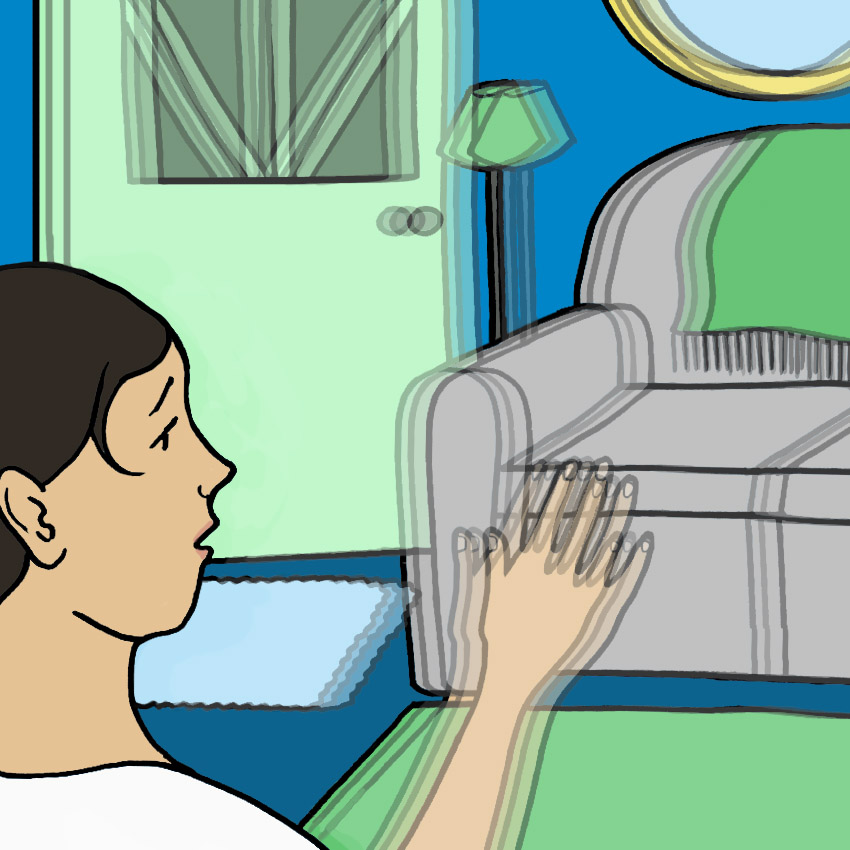
Another symptom of a brain aneurysm is changes in vision or vision problems, explains the Mayo Clinic.
Someone with a ruptured aneurysm may experience blurry or double vision, a drooping eyelid, or sensitivity to light.
Symptom #3: Nausea And Vomiting
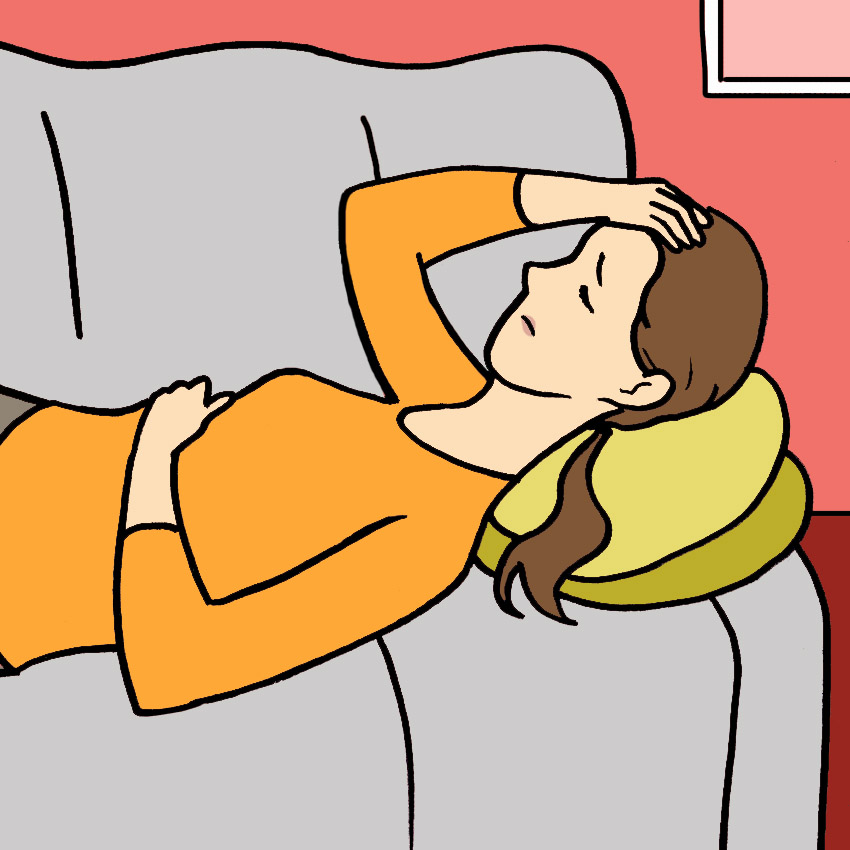
As with many other head injuries, a common symptom of a brain aneurysm is nausea and/or vomiting, explains the U.S. National Library of Medicine.
If you have nausea and vomiting, especially in conjunction with a terrible headache, you should get in touch with your doctor.
Symptom #4: Neck Pain
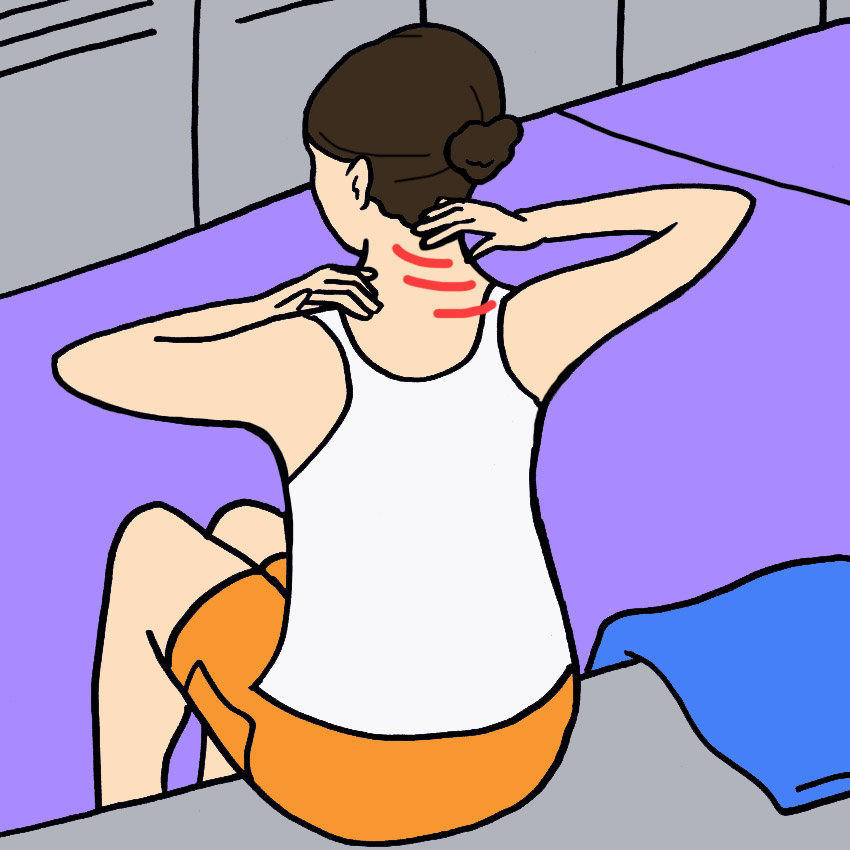
Because aneurysms often occur near the base of the brain, they can also cause serious neck pain.
The Mayo Clinic explains that this usually feels similar to a stiff neck.
Symptom #5: Seizure Or Loss Of Consciousness

If a ruptured brain aneurysm bleeds a lot into the brain, you may experience a seizure or lose consciousness.
If this is happens, someone should call 911 immediately and you should seek urgent medical attention.
Symptom #6: Drowsiness, Confusion, Or Coma

Other common symptoms of a ruptured brain aneurysm include drowsiness and confusion.
In serious cases, people with brain aneurysms may end up in a coma.
Migraines Vs. Aneurysms
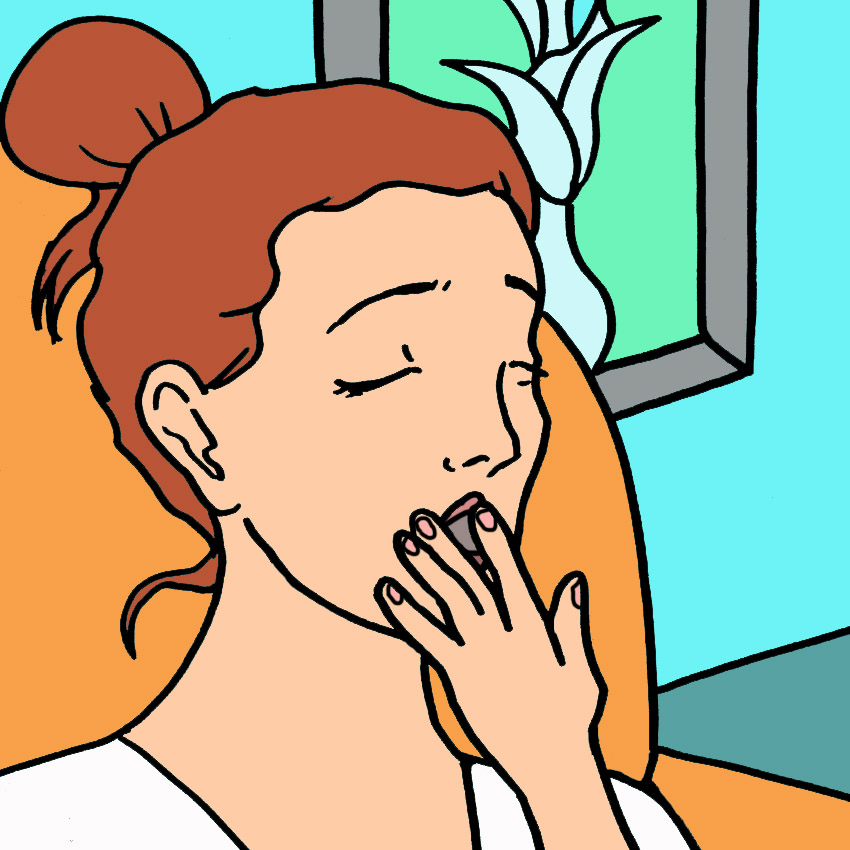
So now you might be thinking, "A lot of those symptoms sound similar to migraine symptoms. What are the differences?"
Usually, a migraine will not feel as sudden and severe — it may feel more like throbbing or pulsing. Additionally, a migraine will often feel concentrated to one side of the head, while an aneurysm will affect the entire head.
One of the biggest differences between migraines and aneurysms is that migraines often have a "prodrome" period — a day or two before the migraine, you'll experience symptoms like frequent yawning, food cravings, mood changes, constipation, and increased thirst and urination.
If you ever had a sudden, severe headache, or any of the other symptoms of a brain aneurysm, you should seek immediate medical attention.
Please SHARE this article with your friends to help them become more aware of aneurysm symptoms!




